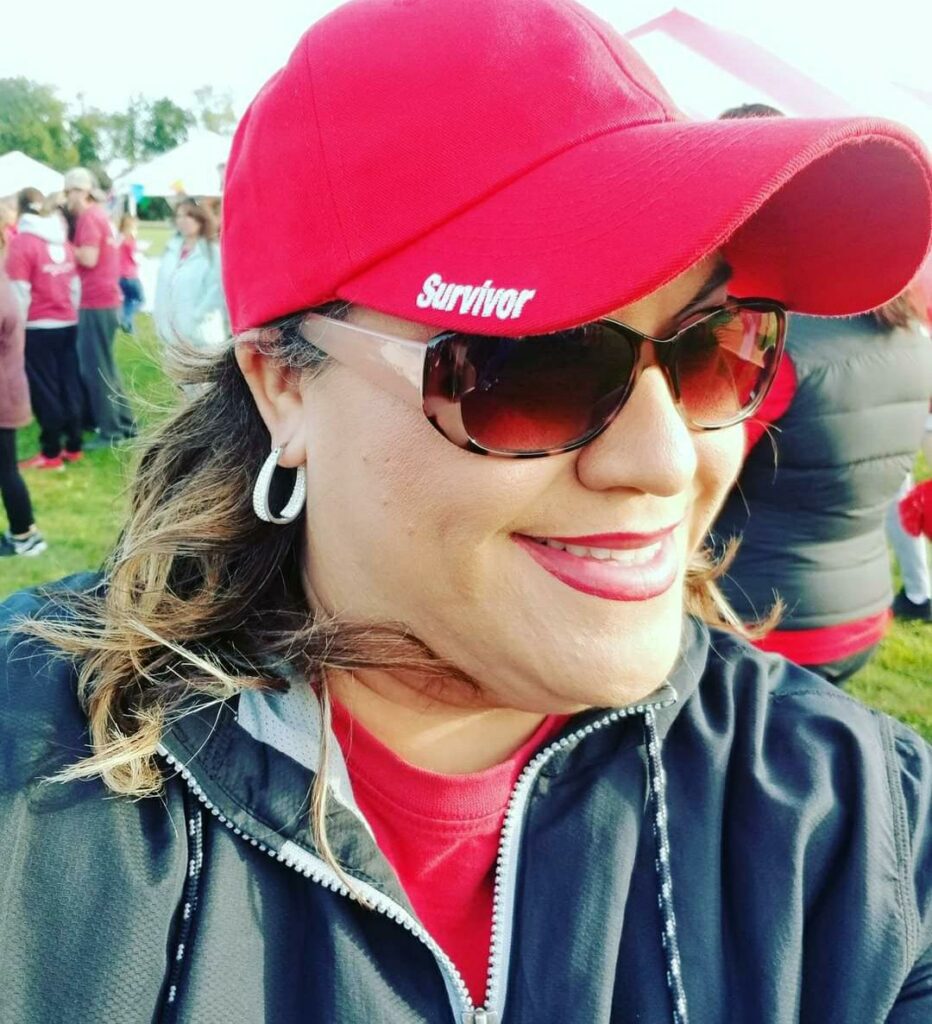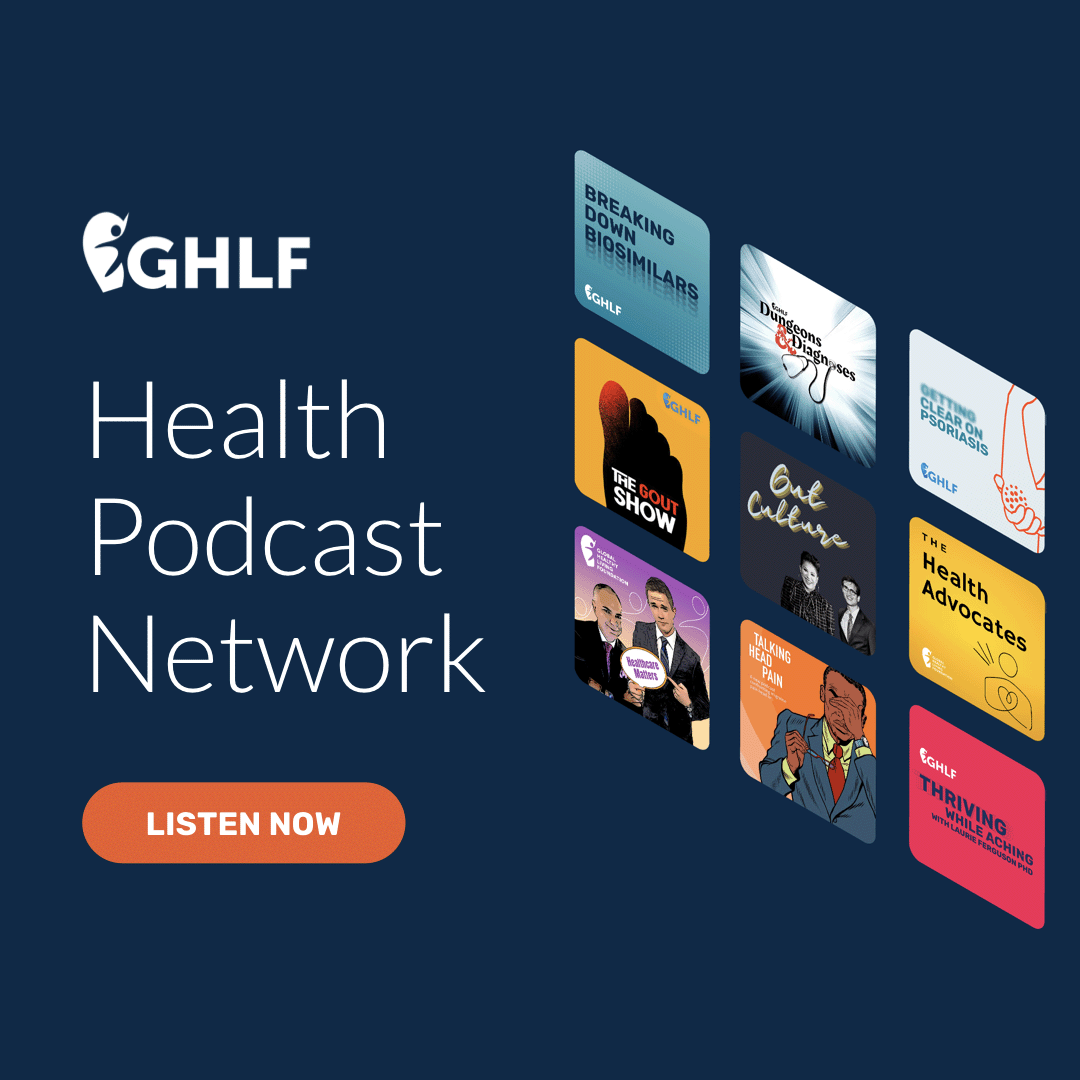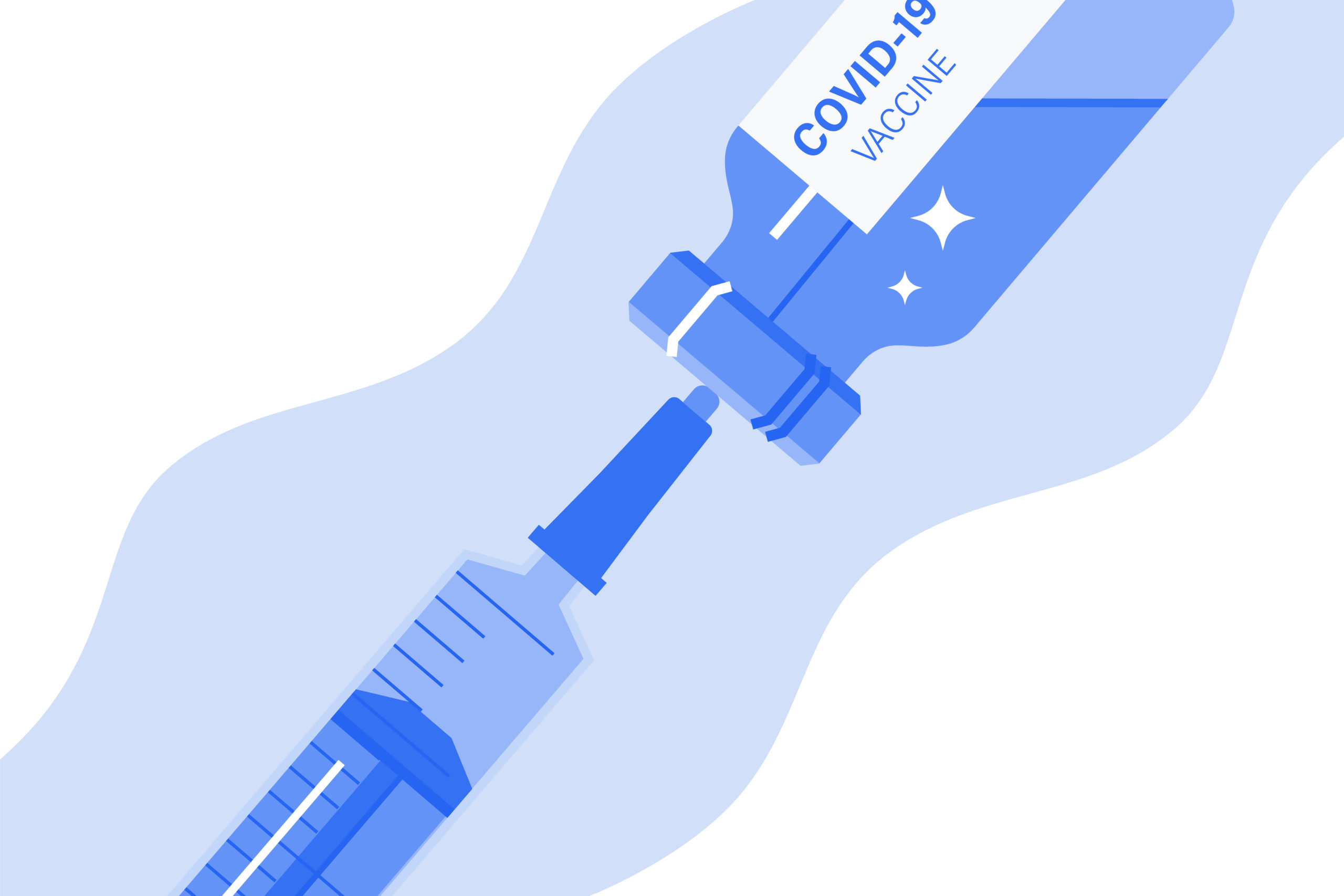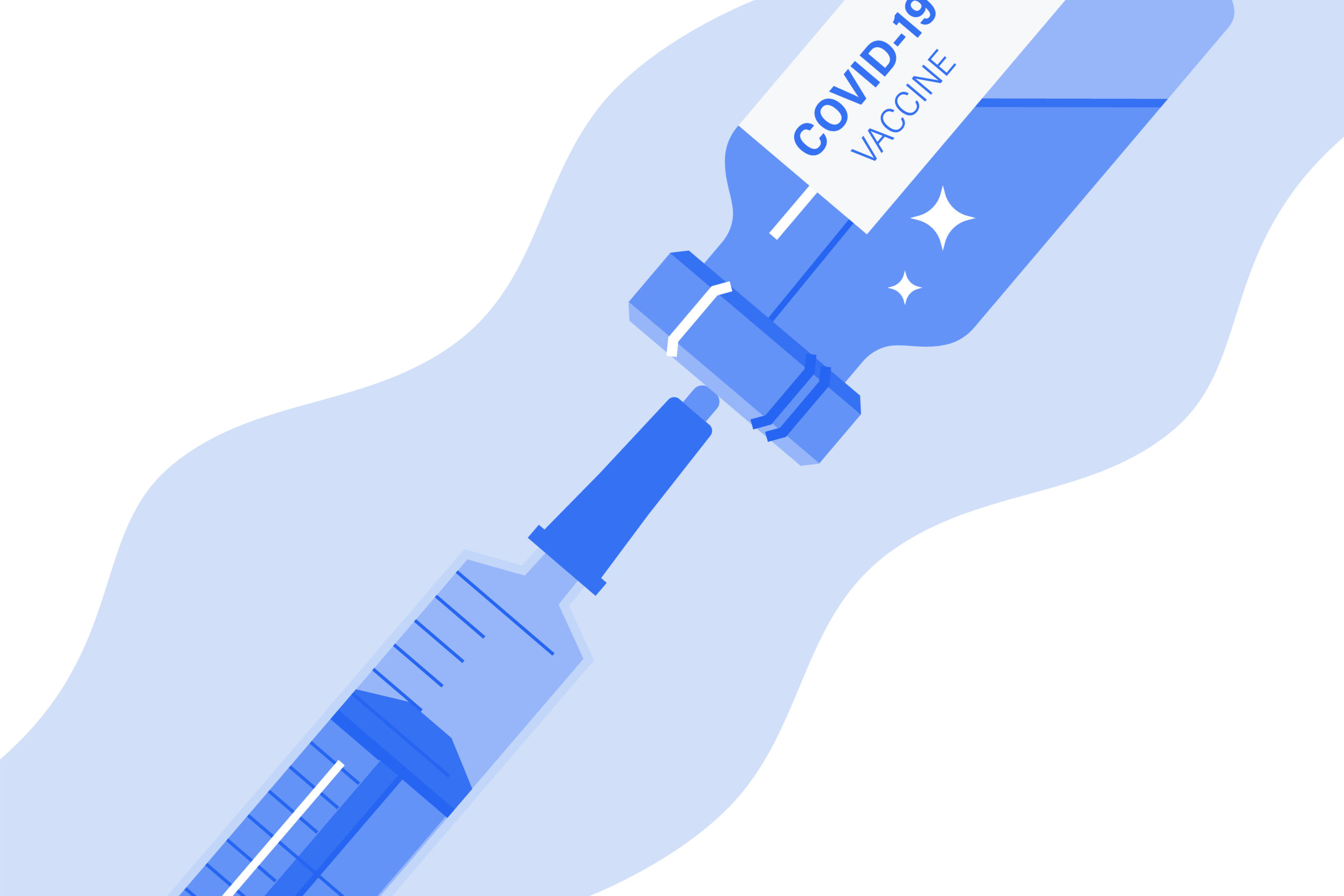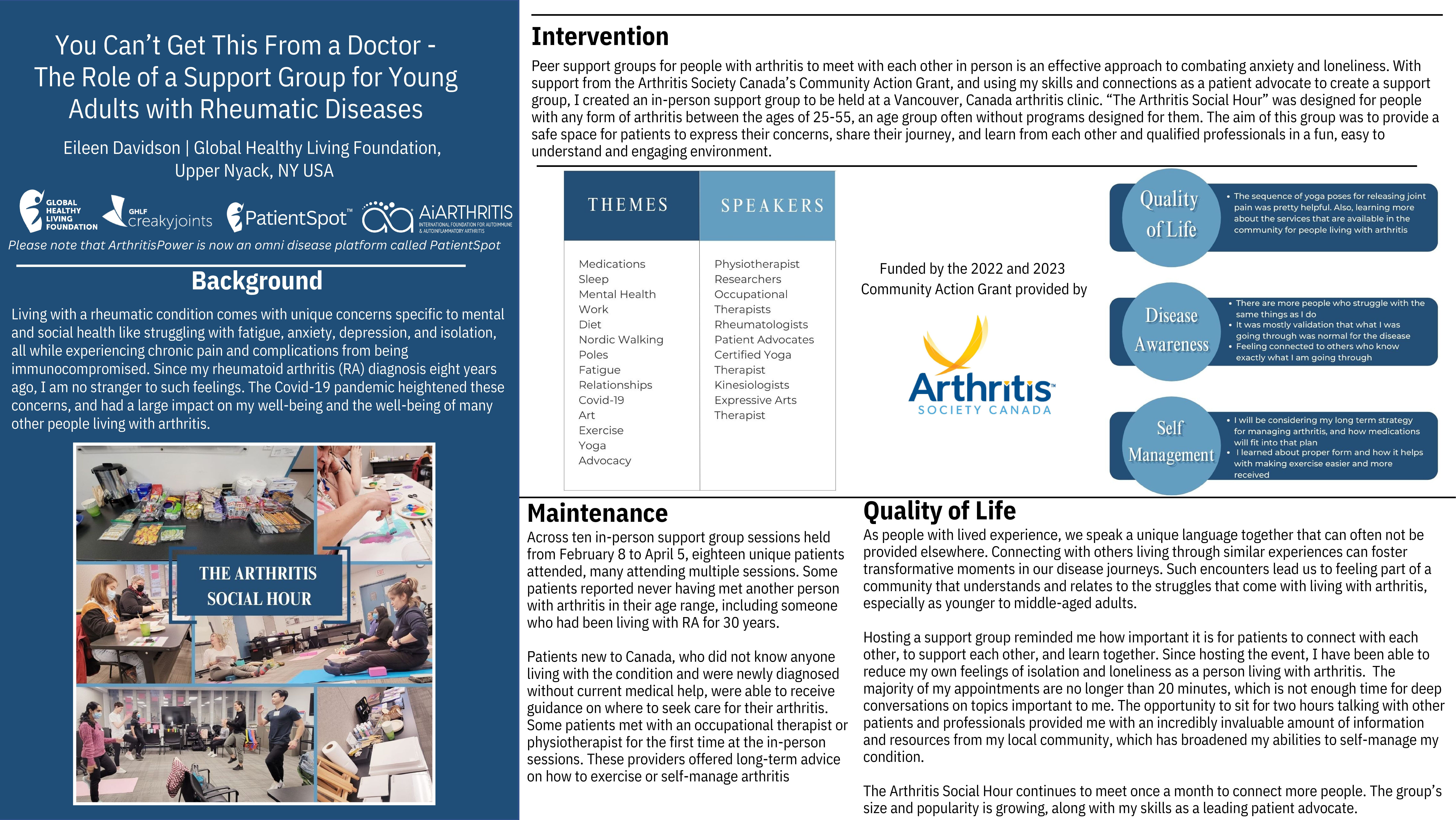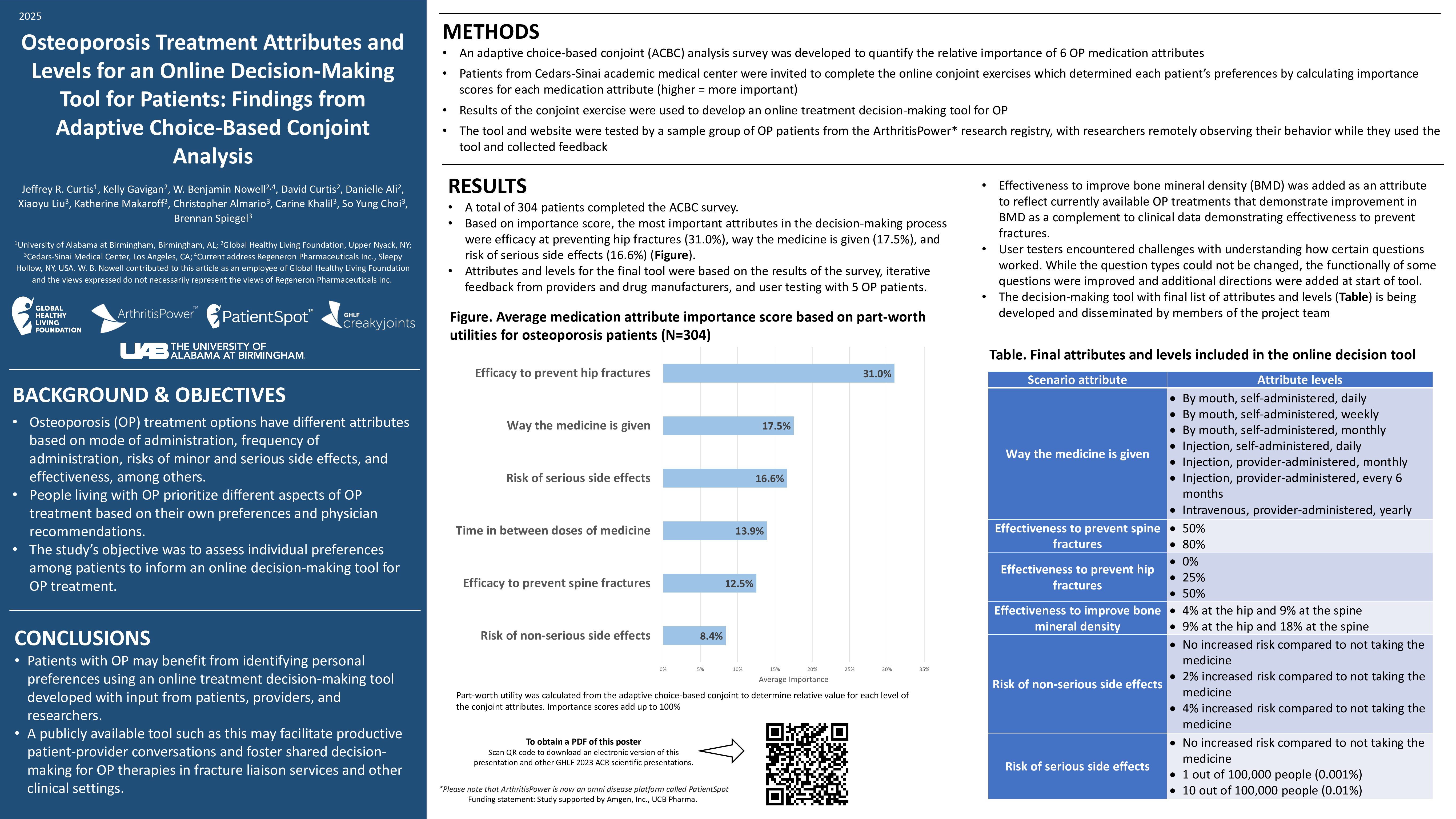I remember barely being able to breathe as my daughter ushered me into the emergency room. The only time I had ever experienced difficulties breathing was in my twenties when I had pneumonia that required strong antibiotics and two weeks of bed rest. But even then, I did not struggle with taking a breath and speaking at the same time.
The hospital staff immediately ordered several tests, including a chest X-ray that showed fluid surrounding my lungs. The initial diagnosis was bilateral pneumonia. I was admitted to the hospital to continue observing my vitals. Little did I know that my overnight stay would help save my life the very next day.
An Unexpected Diagnosis
I awoke in the early hours of the morning to the sounds of monitors whistling uncontrollably while I gasped for air. The oxygen mask I wore while sleeping no longer helped me to breathe. I didn’t have time to be scared or worried in the seconds it took for the medical team of six to rush into my room as my vitals plummeted. It felt like someone was standing on top of my chest causing an uncomfortable pressure inside of my rib cage that made me nauseous and dizzy. Oddly enough, there was no pain.
The fluid around my lungs traveled into my legs and feet making them double in size. My organs were now in distress. My heart rate was dangerously high. I was on the verge of suffering from either a stroke or pulmonary embolism.
As the medical team raced me to the ICU, I recall hearing a person yell out “ask if she’s a do-not-resuscitate” while another jumped on the phone with Flight for Life (the emergency medical helicopter transport). Everyone worked frantically around my body trying to stabilize my vitals. According to the pilot, it would take about 27 minutes to be airlifted to the nearest hospital equipped for my dire condition: heart failure.
What seemed like an eternity was mere minutes. The quick actions of the ICU team prevented me from being airlifted to a different hospital. The fear I felt during that chaos didn’t compare to the realization that I was only 41 years old with three kids who needed me to do everything possible to survive this unexpected medical catastrophe.
My Road to Recovery
I spent several days in the ICU before being transferred to a different room where I remained for a few more days.
On day six, I was released. The cardiologist discussed what the upcoming months of recovery might look like for me as a newly diagnosed patient with heart disease. The important thing was to pace myself and not to get discouraged when the simplest tasks caused me to get winded. After all, my heart was healing from something very traumatic.
Heart failure, which impacts at least 26 million people worldwide, wasn’t my first health challenge. I was already managing migraine disease, cluster headaches, fibromyalgia, and rheumatoid arthritis — and while raising two teen boys as a single mom.
Over the next three months, I kept a close watch on my sodium and was restricted to no more than 32 ounces of fluid, which included foods with high water content like soups, celery, or ice cream, per the hospital dietician.
Besides taking daily medications, I was also required to check my blood pressure and weight in the morning and before bedtime (gaining three to five pounds could mean early stages of heart failure). My cardiologist and I established a protocol where we agreed that I would contact his clinic in the case of early heart failure and contact the ER for any difficulties with breathing.
When it came down to managing household tasks, my three children helped with day-to-day activities like grocery shopping, cooking meals, washing dishes, and doing laundry. My kids were already the backbone of my chronic illness journey. They showed there was nothing they wouldn’t do to help me readjust to life again.
Taking brisk walks was approved after my first follow-up cardiologist appointment. Eventually, I was able to implement additional workouts that would safely strengthen my heart. Seven months later, in September 2019, my cardiologist gave his approval to participate in my first heart walk (pictured above). Crossing the finish line as a heart failure survivor was a reminder of how fortunate I was to be there when others lost their lives to this cardiac disease.
My New Lease on Life
I decided I needed to make a change and, in April 2020, relocated from a house in rural Wisconsin (where the closest ER was 30 miles away and my cardiologist 60 miles) to an apartment in my hometown of New Braunfels, Texas. Back in my hometown, I now have emotional and moral support just down the road. My family and friends are here to help if I need a second set of ears at my cardiologist’s appointments or someone to pick up my medications if I’m restricted to bed rest due to heart-related issues.
I also moved into an apartment that happened to be in a complex across the street from a hospital. My new living quarters have elevators in case I’m too winded to walk up a flight of steps. There’s also valet trash pickup so I only need to carry the trash a few feet away. Onsite maintenance workers take care of the lawn mowing and repairs I previously had to do as a homeowner.
My Heart-Healthy Habits
By placing my health first, my overall wellness is in much better shape — and for the first time since 2019, I have gone one full year without experiencing heart failure. (Between December 2019 and September 2021, I went into heart failure an additional five times.) My kids have a healthier mom with a new goal to make it another year with no heart issues.
Here are a few of the changes I’ve made along the way. Talk to your doctor about what lifestyle habits you can incorporate to keep your heart healthy.
Lean on your health care provider
If being a part of the chronic illness community for the past 10 years has taught me anything, it’s to stop feeling like a burden to those who help me to live a better life. It’s important to maintain open communication with your medical provider. They can guide you on what heart-healthy changes to make and how to monitor your body and health to avoid any setbacks. This is your body; it deserves every chance for the best outcome.
Avoid high sodium items
I spend a great amount of time reading labels on the items I consume to know what might cause my body to have issues with water retention. I had to swap out most of my favorite seasonings with ones that are lower in sodium or salt-free. When eating out, I use caution. If something is too salty, I’ll eat a small portion and take leftovers home so that I’m not wasteful.
Prop your feet to prevent swelling
Although I’m on medication to reduce water retention — and I watch my sodium intake — I still deal with swelling in my legs and feet several times a week. In addition to wearing support pantyhose and socks, I make sure to prop up my feet two to three times per day. If those efforts do not reduce the swelling, I call my cardiologist to alert him about the issue and wait for instructions on what to do next.
Make exercise a habit
I take advantage of my apartment’s many amenities that include a track circling the pond on the property. I usually walk a few times a week for at least 15 to 30 minutes. I also utilize our gym for low-impact exercise on the treadmill, elliptical, or row machine. When I’m not feeling great due to my other medical conditions, yoga stretches twice a day are my go-to.
Manage your stress
The best way I manage stress is to spend time with the people who have made my health journey easier to manage by being there for me. I also take road trips to visit fun and new places and attend local festivals with great music entertainment. Breathing exercises, like the ones from The Wellness Evolution Podcast, help to reduce stress and leave me feeling relaxed.
Cultivate a supportive community
I am very fortunate to have the CreakyJoints community in my corner for moral support. Through #CreakyChats I found people who struggle with their health and together we share our stories to feel less alone. We encourage one another to never give up hope on living a good quality of life.
How Much Do You Know About RA and Heart Health?
People with rheumatoid arthritis have a greater risk of developing cardiovascular disease, yet in a survey of CreakyJoints members with RA, 60 percent said they were never told that they personally have a higher heart disease risk. Take our short quiz to test your RA and heart disease knowledge. You’ll learn how RA affects your heart and what you can do to lower your risk.

